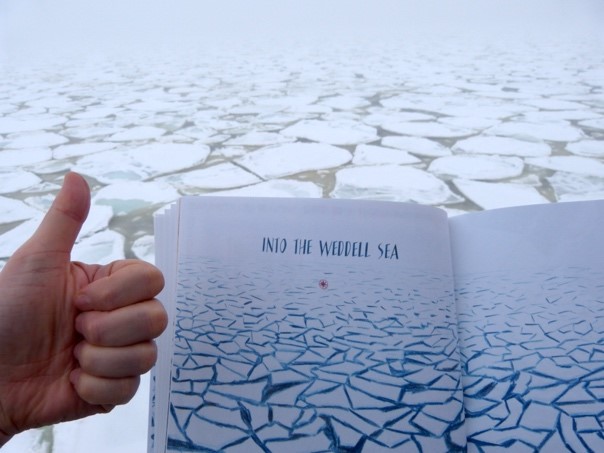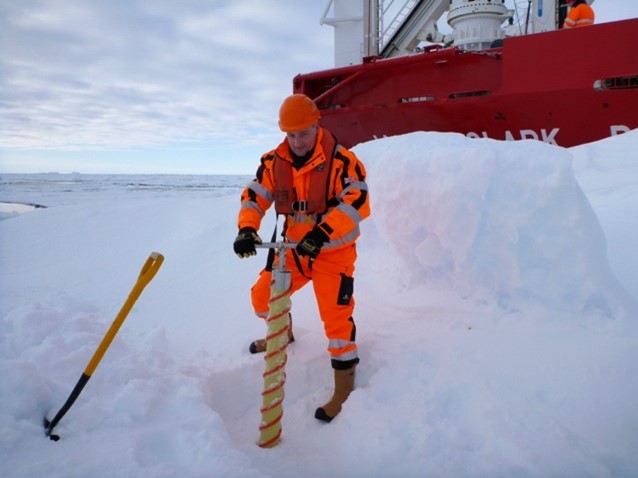DEFIANT - Drivers and Effects of Fluctuations in sea Ice in the ANTarctic

Despite global warming, Antarctic sea ice slightly expanded during most of the first four decades of satellite observations. However, in 2016 the Antarctic sea ice area plummeted, in a change far outside the range of previously observed variability. Neither the increasing trend nor the rapid decline are authentically simulated by climate models, casting doubt on their ability to represent associated processes including Southern Ocean heat and carbon uptake, melting of the Antarctic Ice Sheet, and many other aspects of the Southern Hemisphere climate.
These recent extreme swings in Antarctic sea ice extent, and the challenge of accurately predicting, understanding and modelling them, emphasise the need to:
(i) increase our knowledge of the processes that drive Antarctic sea ice variations, including extreme events, and
(ii) understand the drivers and climate implications of Antarctic sea ice loss over different time-scales, from weeks to decades.

Photo Credit: M. Meredith 2016
To address this knowledge gap requires a significant research programme, one that takes year-round observations, including throughout the harsh Antarctic winter, and is effective in improving the underlying processes in the latest computer climate models.
The UK funding Agency, NERC, is about to fund a new, SOOS-endorsed project entitled: DEFIANT: Drivers and Effects of Fluctuations in sea Ice in the ANTarctic, which aims to address the above mentioned challenges in order to better understand Antarctic sea ice variability.

Photo Credit: M. Meredith 2016
The project, DEFIANT, brings together UK scientists with collaborators from Australia, Canada, Germany, Norway and the Unites States to embark on one of the most ambitious observational campaigns aimed at understanding Antarctic sea ice variability. Scientific measurements from the ice-strengthened research vessels, research stations, aircraft overflights and satellites will work seamlessly together with cutting-edge robotic technologies to provide us with comprehensive, year-round measurements of atmosphere, sea ice and ocean. The knowledge gained from these observations will enable our team to develop ocean and climate models in order to more accurately represent Antarctic sea ice processes.
The analysis of these improved models will allow us to better understand the underlying drivers of the sudden decrease in Antarctic sea ice, determine the impact of these extreme events on the global ocean circulation, and forecast the implications for the movements of heat and CO2 through the climate system. By developing new observations, satellite records, and models, DEFIANT will deliver a major advance in our understanding of the Antarctic sea ice system and its wider impacts on global climate. For further information contact Jeremy Wilkinson, jpw28[at]bas.ac.uk.
Newsarticle 14/Dec/2021 by Jeremy Wilkinson






